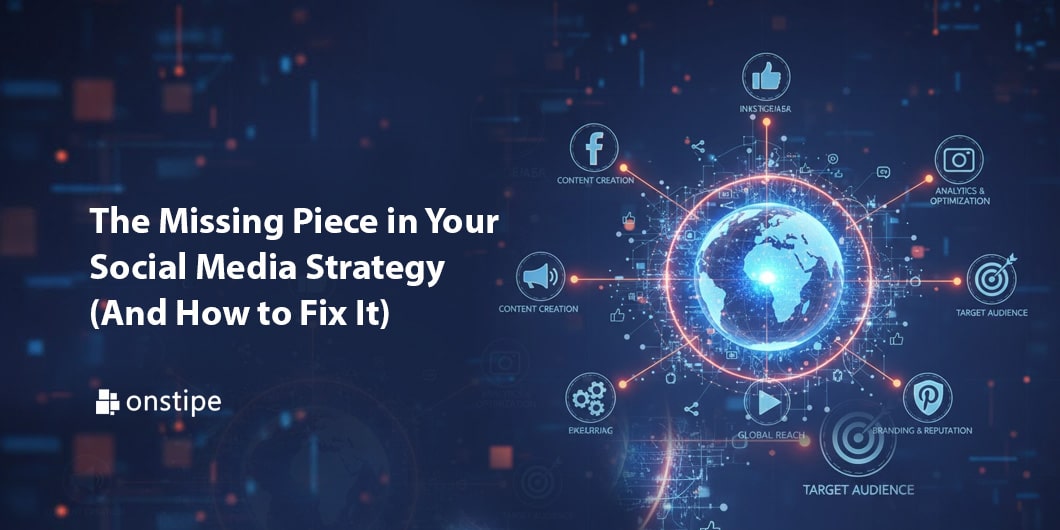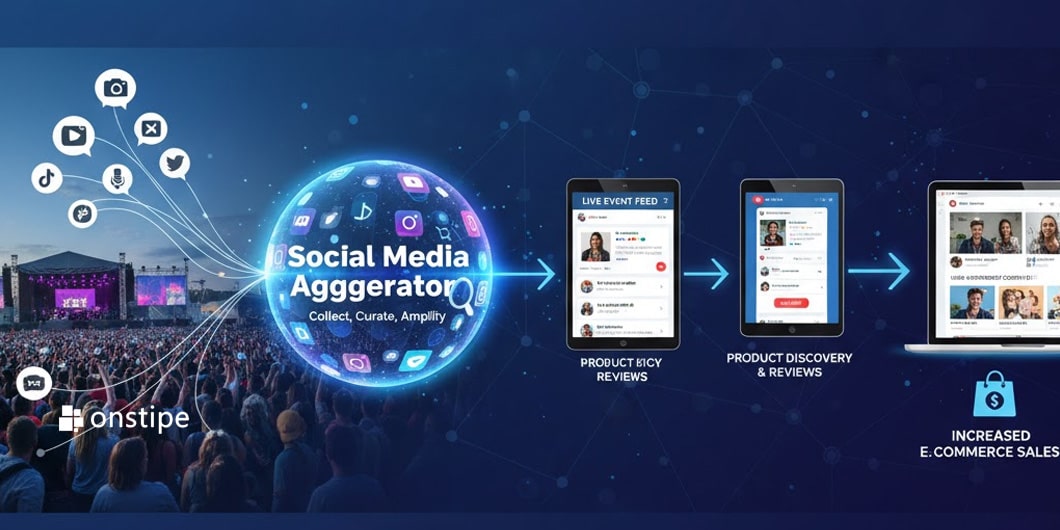The creator economy is booming; everyone is online, trying to make something from nothing. Content creators trying to stand out in this huge market often feel like they need to be a “thought leader.” It’s about sharing knowledge and expertise. But you know what? The old idea of a perfect, always-right leader doesn’t really fit. It’s not about being Mr. or Mrs. Know-It-All; It’s about being real, connected, and building actual trust with your audience. Businesses need to learn new ways to bring value to their customers. It’s a big shift, because a lot of businesses still haven’t caught up.
Focusing on Collaboration
Old thought leadership means talking to people; businesses broadcast their message. New leadership, it looks as though it means creating stuff with people as partners. This makes their brands better, stronger, and much more credible in the long run. Businesses should be reaching out to other creators; for example, buying Instagram followers can get your brand out to more people, so you can collaborate.
Instead of some boring blog posts, try interviews, live streams, or interactive projects. Let the audience see the company in action; see it actively learning, growing, and changing; People feel like a part of something. These kinds of businesses will always have better connections with their customers; That’s just the way it’s going.
Does Being Authentic and Transparent Work?
People are sick and tired of seeing fakeness online now. Content creators and companies cannot get away with lying anymore. The brands actually win when the companies show their flaws, like their processes of designing a product or service. An easy way would be for a company to make behind-the-scenes videos or TikToks by buying TikTok views and promoting their brand. Being open and letting people see the process may actually build trust between businesses and buyers.
Authenticity isn’t this perfect and polished thing; It’s about being a real person. A company can do this by simply being responsive to comments and social media. This sort of authentic approach goes a long way to showing the person (or people) behind the brand. People actually want to see how a company engages with its audience; this engagement is key.
Adding Value Matters a Lot
True leadership in the creator economy comes from usefulness, from helping others, from providing something of real worth. Content shouldn’t just shout “Look at me!” Instead, create videos and guides that actually teach something useful. YouTube is a perfect place for this, by ensuring that the channel’s videos are high-effort and engaging, buying YouTube subscribers will boost these.
You can also have a presence on other platforms to keep existing customers or even attract new customers. Give your customers what they need. Value is never about self-promotion; it’s about being useful for others.
Turning Followers Into More
Okay, so one could have a lot of followers and subscribers, but what is next? Are they buying things? New leadership is also about finding the customer’s needs and using creativity in order to deliver value. With social media, the goal is to turn followers into subscribers, subscribers into paying customers, or maybe even paying customers into vocal supporters that promote the product for more engagement and customers.
Always, always find avenues to get your followers to get involved. The brand can also collaborate with the followers, if that makes sense.
Listening More Than Talking
Thought leadership isn’t just about broadcasting. It’s about being a good listener, which involves actively listening to what the community is saying. That means paying attention to comments, messages, or trending conversations in circles relevant to said industry. If you want to buy Facebook likes, you can also see what the reactions are to the post. Are they positive, negative, or neutral? This level of engagement will showcase whether the content is suitable to be published, and for what platforms. From there, tailor content to target users who will actually enjoy it.
Active listening and reacting accordingly actually portrays real influence. The brands that show up will showcase an impact in the creator economy. This isn’t just theoretical anymore.
Experimenting and Never Being Afraid
In the creator economy, things change quickly; some businesses are around for the trend, whereas others are built to last. To follow and build, a brand has to be okay and actually feel alright with testing new platforms, formats, and strategies with its core message on each platform. What works on TikTok might not work on LinkedIn. What works on a YouTube short might not work on an entire podcast.
This all requires the willingness to experiment. One example would be if a creator purchases an Instagram account. What should they then decide to make of the brand? Do they give it more time to develop on the X platform? Or is it time to transition to another format that best fits the audience? This sort of mindset allows any business to have more room to improve and get closer to their customers and viewers.
Conclusion
A lot of people are stuck in the way thought leadership has historically been thought of. New thought leadership is an innovative way to be in touch with people by opening the channels through collaboration, authenticity, value, interaction, listening, and improvement. That means forgetting the old rules and actually trying to connect with others in some creative and useful way.







